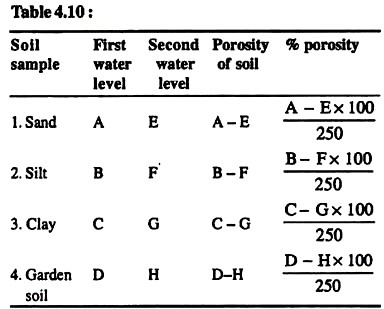After reading this article you will learn about the gene and its role in population.
Genetically defined, a genetic population is a spatial-temporal group of conspecific interbreeding individuals. All genetic information distributed among an interbreeding group of individuals collectively form a gene pool.
The gene pool concept is best represented by small isolated colonies whose members can interbreed in a manner approximating panmixia, that is, mating pairs are a random association of genotypes. The terms gamodeme, panmictic units and local Mendelian population have been applied to such populations.
Genotype Frequencies in Populations:
If we consider a simple case of a single autosomal locus A with 2 alleles A and a, following 3 genotypes are possible.
where, N = Total number of individuals
The proportion of various genotypes could be as follows:
The proportions of various genotypes as given above, viz., x, y, and z are referred to as genotype frequencies.
Gene Frequencies:
The proportions of various alleles at a locus in a population are referred to as gene frequencies.
For example, in the given example, the proportions of various alleles are as follows:
Numerical Illustration:



